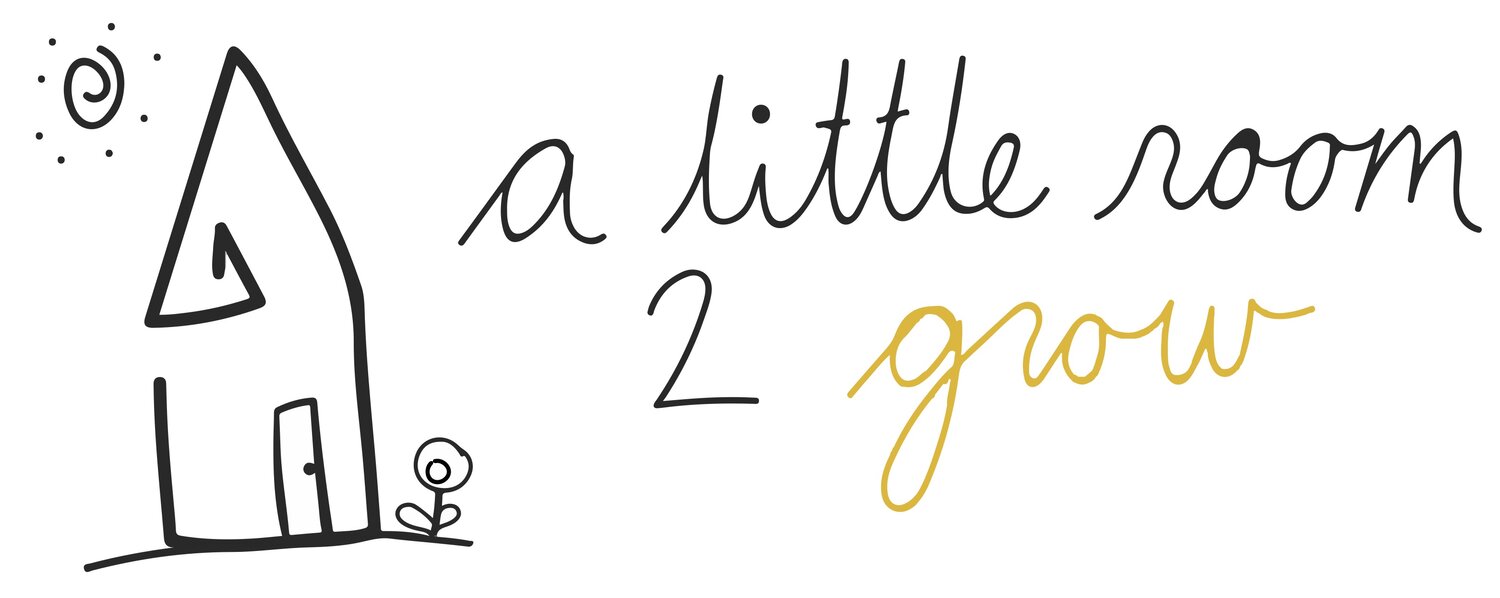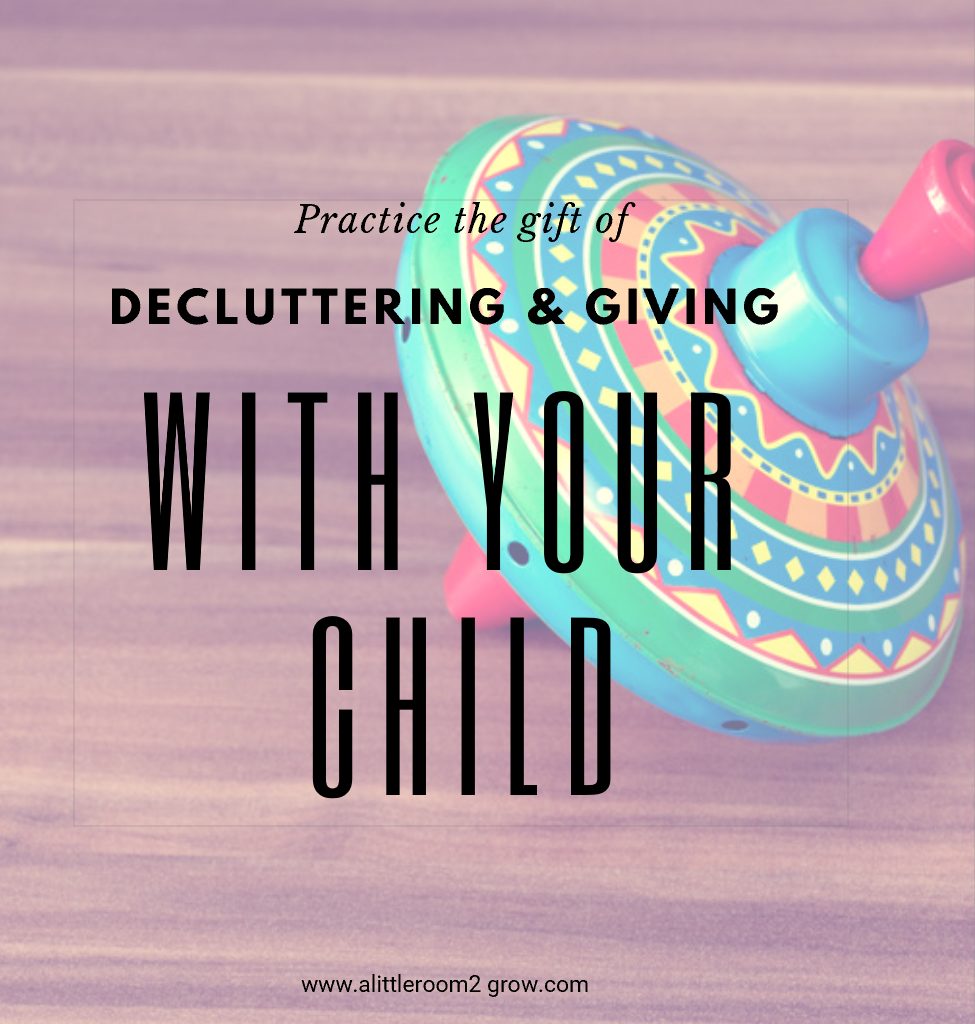Donate Toys with your Child for the New Year
/5 Steps to Declutter and Donate with Your Child For The New Year
After the holidays your probably feeling overwhelmed with the amount of toys your child has added to the pile. Its time to start the new year fresh and clear out those unused toys for the new year. The end of the year always brings a wave of energy and the mindset of letting go by shedding things we no longer need around us. It’s a window to get in the spirit giving! Why not include your child in the spirit of giving too? If your not ready to do a big clean up that’s ok. This post is for you!
You can instill the value of helping others in your child heart at an early age. How? By allowing your child to be apart of decluttering some toys they no longer care for. Its a great way include them into decluttering, practice detachment and giving all at the same time.
Here are 5 simple ways to take action now without making any major changes in your child’s play area.
Plan: Pick a location, child or family you would like to donate toys too. Make any prior arrangements to drop off the donations shortly after declutter to avoid having the pile of donation laying around the home or sitting in the car for weeks. Then, block out a least one hour to declutter with your child.
Prepare: Grab one large sturdy bag, bin or box.
Talk about it: Sit with your child in front of the toys with out any distractions (meaning no screen time during this conversation). Talk about letting go of a couple toys to donate to some children who would appreciate them.
Take action: Allow your child to pick a couple toys to put in the bag, bin or box you choose. Its important they are apart of the detaching process. Be patient with your child, even only a few things end up in the pile, at least you are practicing the act of giving little by little.
Let go: Make a trip with your little one to drop off the donations. This where the feeling of joy kicks in! A sense of relief will come through you and your child’s heart will be filled with doing a good deed.




